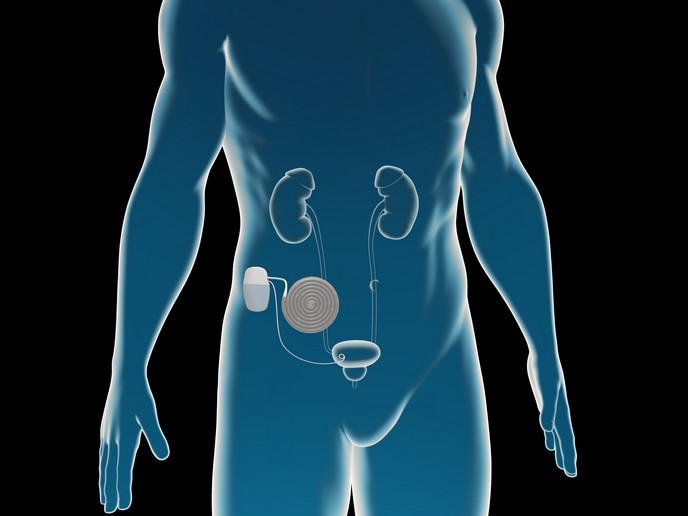De-risking the drug development value chain
While modern medicine has done wonders in terms of improving health and treating diseases, some pharmaceuticals can have a negative impact on the central and/or peripheral nervous systems. Common side effects can include seizures, psychological/psychiatric changes, and peripheral neuropathies. The challenge is that such side effects are difficult to predict during preclinical studies. “Increasing the predictivity of the preclinical toolbox is a clear need,” says Thierry Langer, a professor of Pharmaceutical Sciences at the University of Vienna(opens in new window). “Human volunteers and patients would benefit from having access to safer drugs, while the pharmaceutical industry would benefit from reduced attrition rates.” With the support of the EU and industry-funded NeuroDeRisk(opens in new window) project, Langer is leading an effort to create such a toolbox. “Our aim is to develop and validate integrated tools designed to improve the preclinical prediction of any adverse effects a pharmaceutical could have on the nervous system,” he explains. “Doing so would help de-risk drug candidates earlier in the R&D process, potentially accelerating drug development.”
Validated solutions for predicting neurotoxicity
Despite some delay caused by the COVID-19 pandemic, the project succeeded at delivering a set of validated solutions for predicting neurotoxicity – many of which have been integrated into the NeuroDeRisk in silico toolbox(opens in new window). The toolbox includes a method for screening chemical structures and drug candidates against a panel of neurotoxicophore models, which scientists can use to predict adverse neurotoxic effects. It also includes data mining tools and a database of all the data generated and acquired during the project. One can further use the toolbox to draw a molecular structure and get structure-based alerts – even before the compound is synthesised.
Flagging potential neurologically risky compounds
Thanks to the work of the NeuroDeRisk project, for the first time ever, a drug’s potentially adverse neurological effects can be fully – and effectively – investigated during preclinical development. “Before this project, there was no tool available for flagging potential neurologically risky compounds, either in early discovery or during the clinical stage,” concludes Langer. “Now we have several tools that scientists can use to help de-risk the entire drug development value chain.” Researchers are currently working to disseminate their results to the scientific community. They are also looking to work with regulatory bodies to make the NeuroDeRisk tools part of a data generation procedure that could be required before compounds are allowed to be used in the clinical setting.







